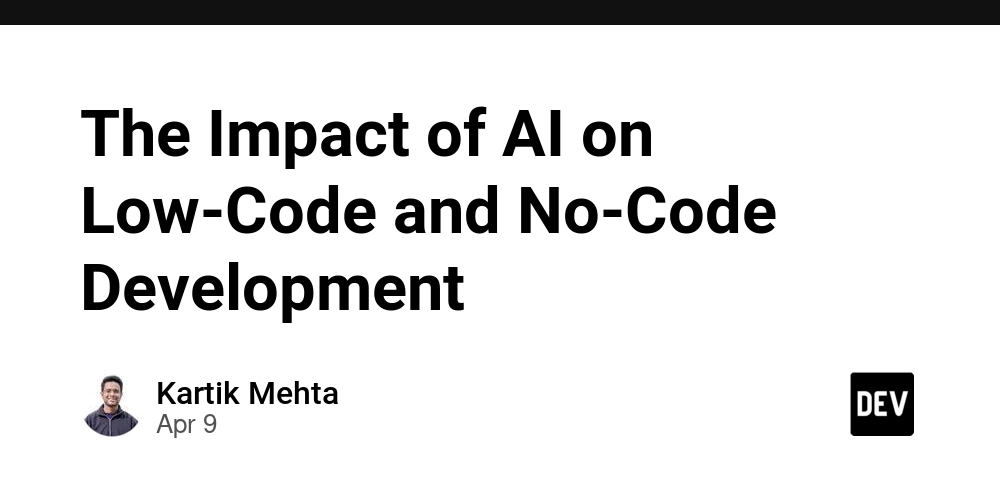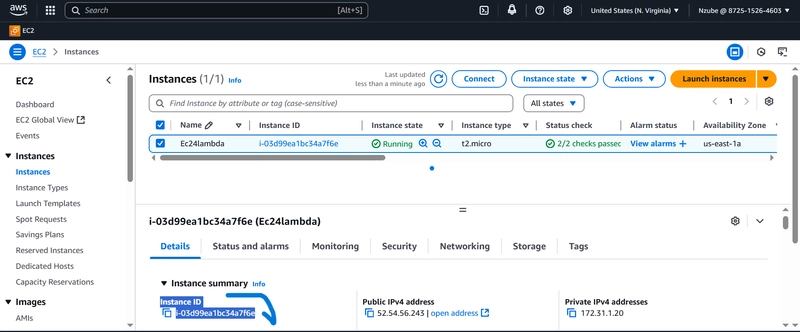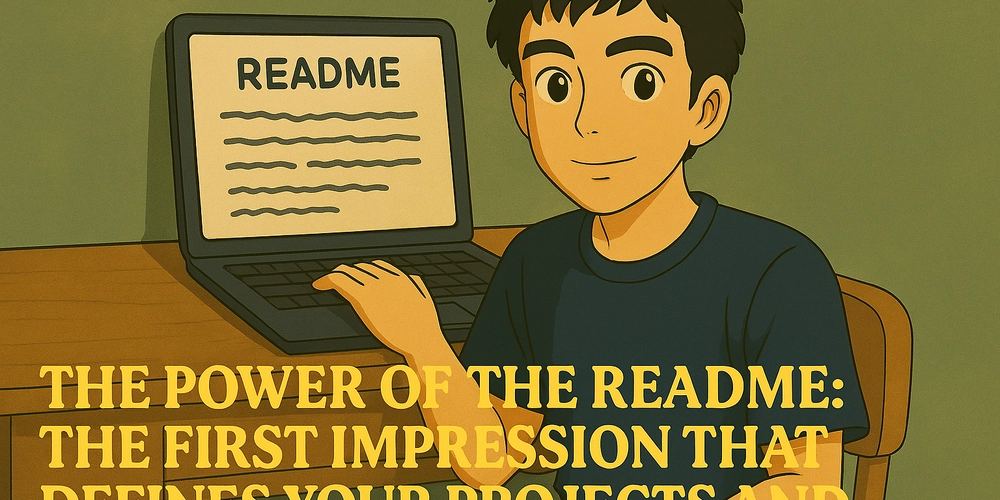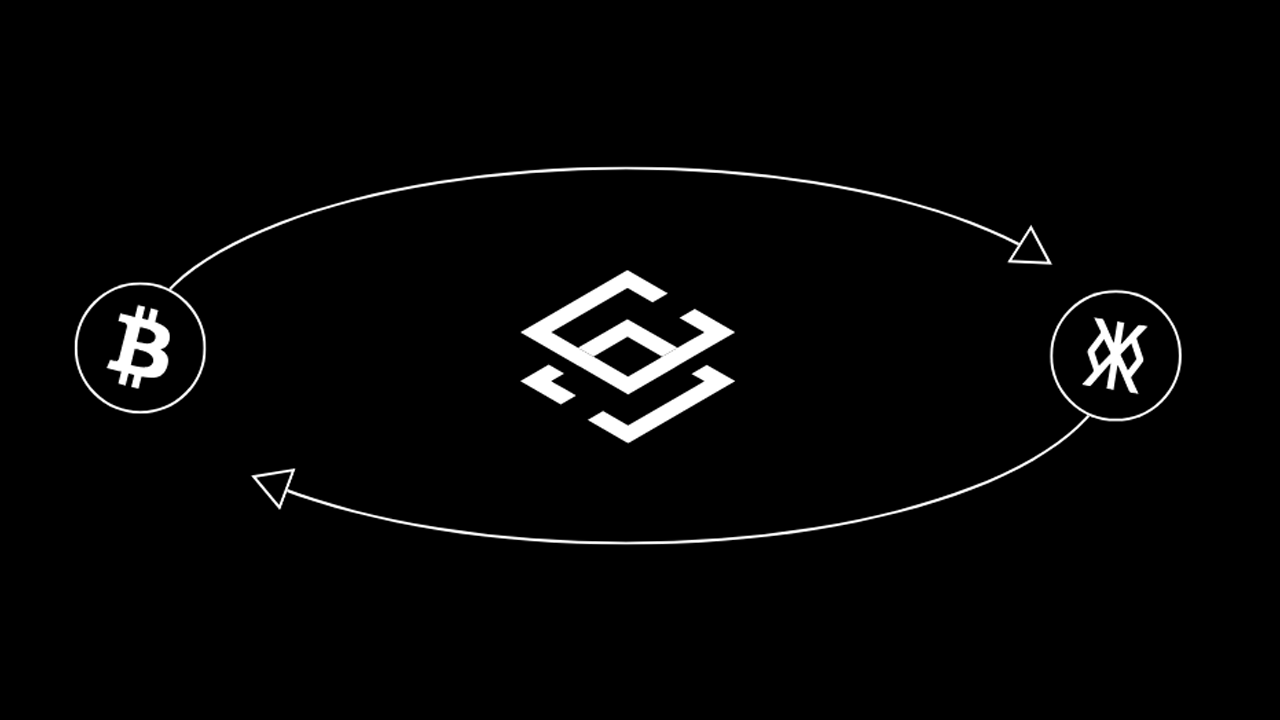Clojure Is Awesome!!! [PART 22]
The Origins and Foundations of Clojure Welcome to Part 21 of the Clojure Is Awesome series! Today, we’re taking a step back from code to explore the roots of Clojure—where it came from, when it was born, what inspired it, and the principles that make it tick. If you’ve ever wondered how this functional gem came to be or why it feels so unique, this deep dive into its history and foundations is for you. Let’s travel back to the beginnings of Clojure and uncover what makes it special! The Birth of Clojure and Its Creator Clojure was created by Rich Hickey, a seasoned software developer with a passion for simplicity and practical design. Before Clojure, Rich had extensive experience in the industry, working with languages like C, C++, and Java, and building complex systems. His frustration with the verbosity and complexity of mainstream programming languages—especially in the context of concurrent programming—drove him to design something new. Rich began working on Clojure in 2005, spending two years developing it as a personal project. He wasn’t just tinkering; he was rethinking how programming languages could better address modern challenges like concurrency, data manipulation, and maintainability. In 2007, he publicly announced Clojure at the JVM Language Summit, introducing it to the world as a fresh take on Lisp for the Java Virtual Machine (JVM). Year of Creation: 2007 Officially, 2007 marks Clojure’s debut, though its development started earlier. The first stable release, Clojure 1.0, came in 2009, solidifying its place as a production-ready language. By launching on the JVM, Clojure tapped into a massive ecosystem while offering a radically different approach compared to Java, the dominant language of that platform at the time. The timing was significant: the mid-2000s saw growing interest in functional programming, multi-core processors were becoming mainstream, and developers were grappling with concurrency issues in traditional languages. Clojure arrived as a timely solution, blending Lisp’s heritage with modern needs. Inspirations Behind Clojure Clojure didn’t emerge in a vacuum—it’s deeply inspired by several languages and ideas: Lisp Clojure is a dialect of Lisp, one of the oldest high-level programming languages (born in 1958 by John McCarthy). From Lisp, it inherits: Homoiconicity: Code is data, and data is code, enabling powerful macros. Parentheses-heavy syntax: A hallmark of Lisp that prioritizes simplicity and consistency. REPL-driven development: Interactive coding that speeds up experimentation. Rich Hickey has cited Lisp as a major influence, calling it a "beautiful language" that got many things right but needed modernization. Java Running on the JVM, Clojure borrows Java’s vast ecosystem and interoperability. It was designed to coexist with Java, not replace it, allowing developers to leverage existing libraries while writing concise, functional code. Functional Programming Languages ML and Haskell: Clojure adopts immutable data structures and a preference for pure functions, hallmarks of functional programming. Scheme: A minimalist Lisp dialect, Scheme influenced Clojure’s focus on simplicity and clean design. Concurrent Programming Ideas Rich was inspired by the need for better concurrency models. He looked at languages like Erlang, which excels at concurrency with its actor model, and adapted those ideas into Clojure’s unique approach (e.g., atoms, agents, and STM). Data-Oriented Design Clojure’s emphasis on data as a first-class citizen draws from Rich’s philosophy that programs should focus on manipulating data, not just o bjects or procedures. This contrasts with object-oriented paradigms dominant in the 2000s. The Technical Base: JVM and Beyond Clojure’s foundation is the Java Virtual Machine (JVM), a choice that gives it portability, performance, and access to Java’s libraries. However, it’s not limited to the JVM: ClojureScript: Introduced in 2011, it compiles Clojure to JavaScript, running in browsers and Node.js. ClojureCLR: A port to the .NET Common Language Runtime (CLR), though less popular. The JVM base means Clojure inherits Java’s garbage collection, threading model, and cross-platform capabilities. But Rich built Clojure to transcend Java’s limitations, adding features like immutable persistent data structures (lists, vectors, maps, sets) and a REPL for live coding. Core Principles and Fundamentals Clojure isn’t just a mashup of influences—it’s built on deliberate design principles that define its identity: Simplicity Rich Hickey famously said, “Simplicity is hard work, but complexity kills.” Clojure avoids unnecessary abstractions (e.g., no complex class hierarchies) and favors straightforward data structures and functions. Immutability by Default Data in Clojure is immutable—once created, it can’t change. This eliminates a whole class of bugs (e.g., race co
![Clojure Is Awesome!!! [PART 22]](https://media2.dev.to/dynamic/image/width%3D1000,height%3D500,fit%3Dcover,gravity%3Dauto,format%3Dauto/https:%2F%2Fdev-to-uploads.s3.amazonaws.com%2Fuploads%2Farticles%2Fn8juyt42ku5u6eun5qxx.jpg)
The Origins and Foundations of Clojure
Welcome to Part 21 of the Clojure Is Awesome series! Today, we’re taking a step back from code to explore the roots of Clojure—where it came from, when it was born, what inspired it, and the principles that make it tick. If you’ve ever wondered how this functional gem came to be or why it feels so unique, this deep dive into its history and foundations is for you.
Let’s travel back to the beginnings of Clojure and uncover what makes it special!
The Birth of Clojure and Its Creator
Clojure was created by Rich Hickey, a seasoned software developer with a passion for simplicity and practical design. Before Clojure, Rich had extensive experience in the industry, working with languages like C, C++, and Java, and building complex systems. His frustration with the verbosity and complexity of mainstream programming languages—especially in the context of concurrent programming—drove him to design something new.
Rich began working on Clojure in 2005, spending two years developing it as a personal project. He wasn’t just tinkering; he was rethinking how programming languages could better address modern challenges like concurrency, data manipulation, and maintainability. In 2007, he publicly announced Clojure at the JVM Language Summit, introducing it to the world as a fresh take on Lisp for the Java Virtual Machine (JVM).
Year of Creation: 2007
Officially, 2007 marks Clojure’s debut, though its development started earlier. The first stable release, Clojure 1.0, came in 2009, solidifying its place as a production-ready language. By launching on the JVM, Clojure tapped into a massive ecosystem while offering a radically different approach compared to Java, the dominant language of that platform at the time.
The timing was significant: the mid-2000s saw growing interest in functional programming, multi-core processors were becoming mainstream, and developers were grappling with concurrency issues in traditional languages. Clojure arrived as a timely solution, blending Lisp’s heritage with modern needs.
Inspirations Behind Clojure
Clojure didn’t emerge in a vacuum—it’s deeply inspired by several languages and ideas:
-
Lisp
Clojure is a dialect of Lisp, one of the oldest high-level programming languages (born in 1958 by John McCarthy). From Lisp, it inherits:- Homoiconicity: Code is data, and data is code, enabling powerful macros.
- Parentheses-heavy syntax: A hallmark of Lisp that prioritizes simplicity and consistency.
- REPL-driven development: Interactive coding that speeds up experimentation. Rich Hickey has cited Lisp as a major influence, calling it a "beautiful language" that got many things right but needed modernization.
Java
Running on the JVM, Clojure borrows Java’s vast ecosystem and
interoperability. It was designed to coexist with Java, not replace it,
allowing developers to leverage existing libraries while writing
concise, functional code.Functional Programming Languages
ML and Haskell: Clojure adopts immutable data structures and a
preference for pure functions, hallmarks of functional programming.
Scheme: A minimalist Lisp dialect, Scheme influenced Clojure’s
focus on simplicity and clean design.Concurrent Programming Ideas
Rich was inspired by the need for better concurrency models. He looked
at languages like Erlang, which excels at concurrency with its
actor model, and adapted those ideas into Clojure’s unique approach
(e.g., atoms, agents, and STM).Data-Oriented Design
Clojure’s emphasis on data as a first-class citizen draws from Rich’s
philosophy that programs should focus on manipulating data, not just o
bjects or procedures. This contrasts with object-oriented paradigms
dominant in the 2000s.
The Technical Base: JVM and Beyond
Clojure’s foundation is the Java Virtual Machine (JVM), a choice that gives it portability, performance, and access to Java’s libraries. However, it’s not limited to the JVM:
- ClojureScript: Introduced in 2011, it compiles Clojure to JavaScript, running in browsers and Node.js.
- ClojureCLR: A port to the .NET Common Language Runtime (CLR), though less popular.
The JVM base means Clojure inherits Java’s garbage collection, threading model, and cross-platform capabilities. But Rich built Clojure to transcend Java’s limitations, adding features like immutable persistent data structures (lists, vectors, maps, sets) and a REPL for live coding.
Core Principles and Fundamentals
Clojure isn’t just a mashup of influences—it’s built on deliberate design principles that define its identity:
Simplicity
Rich Hickey famously said, “Simplicity is hard work, but complexity
kills.” Clojure avoids unnecessary abstractions (e.g., no complex class hierarchies) and favors straightforward data structures and functions.Immutability by Default
Data in Clojure is immutable—once created, it can’t change. This
eliminates a whole class of bugs (e.g., race conditions) and makes
reasoning about code easier. Persistent data structures ensure
efficient updates without mutation.Functional Programming
Clojure encourages pure functions—functions with no side effects—and
treats functions as first-class citizens. This aligns with its Lisp
roots and functional inspirations.-
Concurrency Made Easy
With multi-core CPUs in mind, Clojure provides tools like:- Atoms: For uncoordinated, synchronous updates.
- Refs: For coordinated updates via Software Transactional Memory (STM).
- Agents: For asynchronous tasks. These make concurrent programming safer and simpler than traditional locks and threads.
Data as Code
Thanks to its Lisp heritage, Clojure’s code is written as data (e.g., lists of symbols), enabling macros that transform code at compile time. This metaprogramming capability is a superpower for creating domain-specific languages (DSLs).Pragmatism
While rooted in theory, Clojure is designed for real-world use. Its JVM integration, dynamic typing, and focus on developer productivity reflect a practical balance.
Why Clojure Matters Today
Since its debut in 2007, Clojure has grown into a respected language in the programming world. Here’s why it remains relevant:
- Concurrency: Its tools for handling multi-threaded programs are still ahead of many languages.
- Data-Driven Development: In an era of big data and microservices, Clojure’s focus on data manipulation shines.
- Ecosystem: Libraries like core.async, ring, and reagent power modern applications.
- Community: A passionate community keeps it evolving, with events like Clojure/conj and a thriving open-source scene.
Clojure’s influence can be seen in newer languages and frameworks that adopt immutability and functional paradigms. It’s a testament to Rich Hickey’s vision of a language that’s both timeless and forward-thinking.
Thoughts
What do you think about Clojure’s origins? Does its design philosophy resonate with your coding style? Share your thoughts in the comments—I’d love to hear from you! Stay tuned for Part 22, where we’ll dive back into Clojure’s practical wonders. Until then, keep exploring the awesome world of Clojure!







































































































































































![[The AI Show Episode 143]: ChatGPT Revenue Surge, New AGI Timelines, Amazon’s AI Agent, Claude for Education, Model Context Protocol & LLMs Pass the Turing Test](https://www.marketingaiinstitute.com/hubfs/ep%20143%20cover.png)

































































































































![From drop-out to software architect with Jason Lengstorf [Podcast #167]](https://cdn.hashnode.com/res/hashnode/image/upload/v1743796461357/f3d19cd7-e6f5-4d7c-8bfc-eb974bc8da68.png?#)








































































































.jpg?#)
































_ArtemisDiana_Alamy.jpg?#)


 (1).webp?#)





































































-xl.jpg)













![Yes, the Gemini icon is now bigger and brighter on Android [U]](https://i0.wp.com/9to5google.com/wp-content/uploads/sites/4/2025/02/Gemini-on-Galaxy-S25.jpg?resize=1200%2C628&quality=82&strip=all&ssl=1)










![Apple Rushes Five Planes of iPhones to US Ahead of New Tariffs [Report]](https://www.iclarified.com/images/news/96967/96967/96967-640.jpg)
![Apple Vision Pro 2 Allegedly in Production Ahead of 2025 Launch [Rumor]](https://www.iclarified.com/images/news/96965/96965/96965-640.jpg)




































































































































